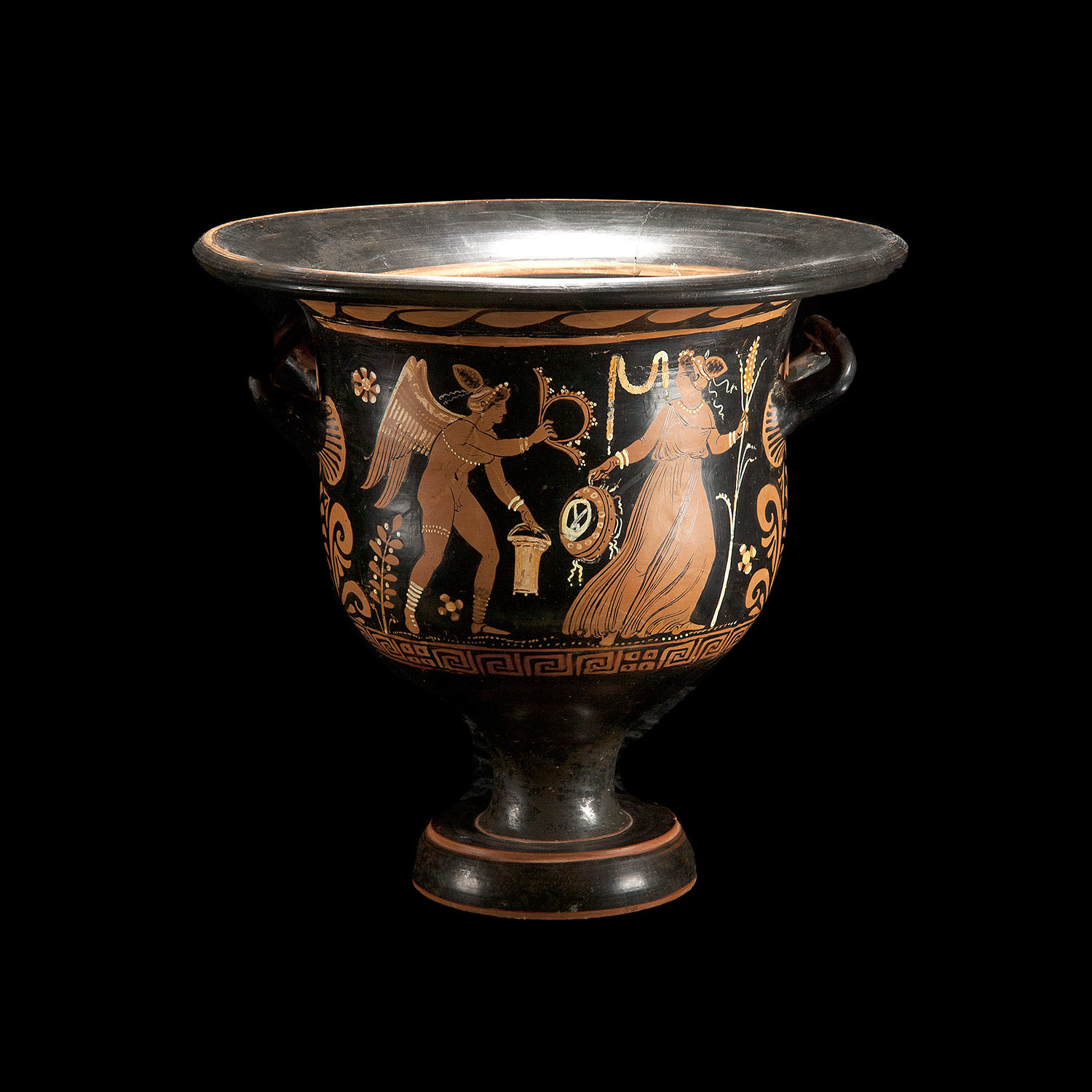L
Lehigh3
Guest
What is the Preterist view?
This IS an introduction for the 1st time student of preterist eschatology.
Unlike the "orthodox" uninspired writers of creeds, implying a 3rd return of Jesus-
this preterist introduction's foundation is from the inspired men & Divine of the Bible.
Please keep any criticism (positive or negative) to the posted article content itself- & not opinion about traditional creedists insist on in Christianity. Thank you!
"Jesus saith unto him, Thou hast said: (Jewish courtesy speech forbade a direct
answer to a question like the preceding-author) Nevertheless I say unto you, (that
is Caiaphas-author) hereafter shall YE (the plural form, referring to the
Sanhedrin as well) see the Son of Man sitting on the right hand of power, and
coming in the clouds of heaven†(Matthew 26:64)
Again, we are faced with one of “those†passages that demands that we face what
Christ is plainly saying. No, there is no Greek here that one must check in order
to elucidate some hidden meaning that will enable one to maintain their futuristic
view of the Parousia. The statement is plain on its face. Christ told Caiaphas
that he himself would see the Son of Man coming in the clouds of heaven. That
absolutely mandates that we understand Christ to be informing Caiaphas that he and
at least some members of the Sanhedrin would still be alive when Christ returned
coming in the clouds of heaven. It is simply an illegitimate transfer of meaning
to try to ascertain from this passage something else other than what is plainly
declared. Some scholars have attempted to put into the mouth of Christ that what
He was “really†referring to was that one of Caiaphas’ relatives would see Christ
coming. That leaves it nice and open-ended. Others propose the idea that what
Christ was referring to was that at the end of time, the dead would somehow be
enabled to view the Lord Jesus coming in the clouds. But there is no exegetical
reason to consider such bankrupt excuses. Let us deal with precisely what Christ
means by what He says. After reviewing all the passages we have dealt with thus
far, it is not only logical, but also easy to receive the truth of Christ’s view
of His own Second Coming. Christ taught that He Himself would return to the same
generation that He had departed from, in clouds of glory, with His angels, to
bring judgment upon those whom He would. To say anything less in light of the
accumulative facts presented, borders upon a level of disingenuousness that
dishonors the validity, integrity and ultimately, the inspiration of the
scriptures themselves. Let’s consider one final gospel passage that points toward
the first century timing of the Second Coming of Christ."
The article in full: What is the Preterist View?
This IS an introduction for the 1st time student of preterist eschatology.
Unlike the "orthodox" uninspired writers of creeds, implying a 3rd return of Jesus-
this preterist introduction's foundation is from the inspired men & Divine of the Bible.
Please keep any criticism (positive or negative) to the posted article content itself- & not opinion about traditional creedists insist on in Christianity. Thank you!
"Jesus saith unto him, Thou hast said: (Jewish courtesy speech forbade a direct
answer to a question like the preceding-author) Nevertheless I say unto you, (that
is Caiaphas-author) hereafter shall YE (the plural form, referring to the
Sanhedrin as well) see the Son of Man sitting on the right hand of power, and
coming in the clouds of heaven†(Matthew 26:64)
Again, we are faced with one of “those†passages that demands that we face what
Christ is plainly saying. No, there is no Greek here that one must check in order
to elucidate some hidden meaning that will enable one to maintain their futuristic
view of the Parousia. The statement is plain on its face. Christ told Caiaphas
that he himself would see the Son of Man coming in the clouds of heaven. That
absolutely mandates that we understand Christ to be informing Caiaphas that he and
at least some members of the Sanhedrin would still be alive when Christ returned
coming in the clouds of heaven. It is simply an illegitimate transfer of meaning
to try to ascertain from this passage something else other than what is plainly
declared. Some scholars have attempted to put into the mouth of Christ that what
He was “really†referring to was that one of Caiaphas’ relatives would see Christ
coming. That leaves it nice and open-ended. Others propose the idea that what
Christ was referring to was that at the end of time, the dead would somehow be
enabled to view the Lord Jesus coming in the clouds. But there is no exegetical
reason to consider such bankrupt excuses. Let us deal with precisely what Christ
means by what He says. After reviewing all the passages we have dealt with thus
far, it is not only logical, but also easy to receive the truth of Christ’s view
of His own Second Coming. Christ taught that He Himself would return to the same
generation that He had departed from, in clouds of glory, with His angels, to
bring judgment upon those whom He would. To say anything less in light of the
accumulative facts presented, borders upon a level of disingenuousness that
dishonors the validity, integrity and ultimately, the inspiration of the
scriptures themselves. Let’s consider one final gospel passage that points toward
the first century timing of the Second Coming of Christ."
The article in full: What is the Preterist View?






 Keep studying and remember that your reward is in knowing the Truth of God. :yes
Keep studying and remember that your reward is in knowing the Truth of God. :yes

